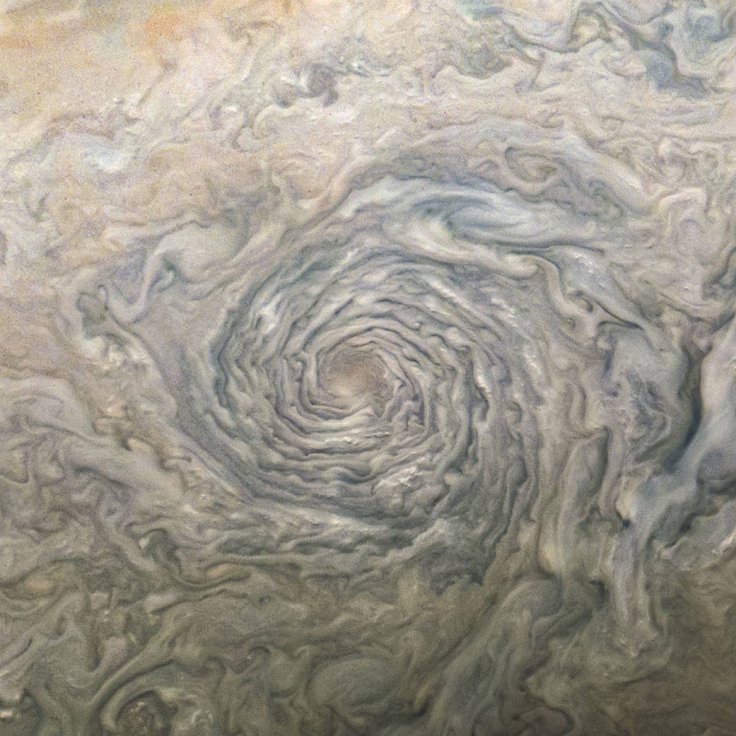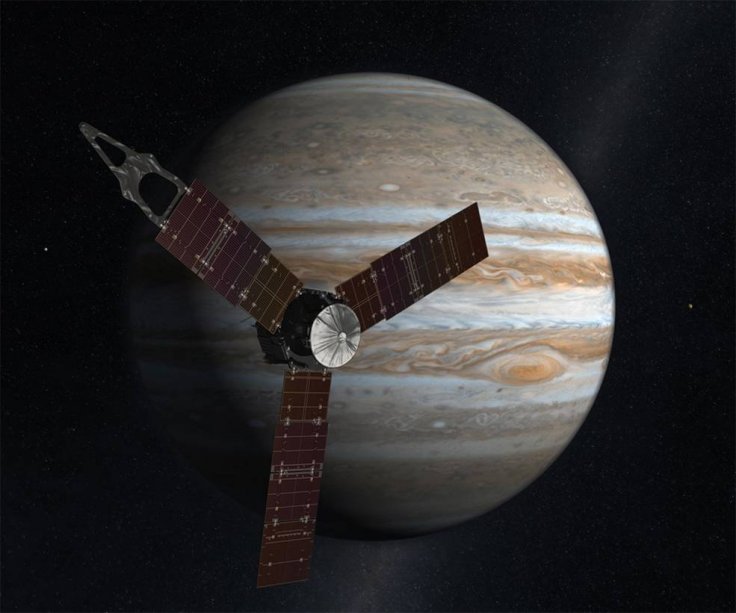
NASA's Juno spacecraft was able to capture a magnificent photo of a swirling vortex on Jupiter. As per the agency, the appearance of the vortex was caused by the various winds and gases interacting with one another on the planet.
The Juno spacecraft was officially launched by NASA in 2011. Its main mission is to fly around Jupiter and collect data about the planet from its orbit. Recently, the probe completed its 23rd flyby on Jupiter, which is regarded as the largest planet in the Solar System.
As Juno drifted over the planet at an altitude of about 8,500 kilometres, its onboard camera known as JunoCam took a photo of a vortex raging in the planet's atmosphere. Dubbed as the Jovian vortex, NASA noted that it was formed due to a brewing storm on the planet.
According to the agency, the spacecraft spotted the Jovian vortex in the northernmost region of Jupiter where active cloud bands reside. The swirling appearance of the clouds within this region is caused by the winds that come from varying altitudes.
"Juno observed this vortex in a region of Jupiter called the 'north north north north temperate belt,' or NNNNTB, one of the gas giant planet's many persistent cloud bands," NASA said in a statement. "These bands are formed by the prevailing winds at different latitudes. The vortex seen here is roughly 1,200 miles (2,000 kilometres) wide."

The winds are also partly responsible for the odd colour scheme of the clouds surrounding the Jovian vortex. According to NASA, Jupiter is mainly composed of helium and hydrogen. However, gases that contain sulfur and phosphorus are escaping the planet's interior.
The gases that are spewed out from Jupiter's warmer subsurface are then carried by the winds into the planet's atmosphere. As the various chemicals interact with one another they cause reactions that affect the colours of the clouds.
"Jupiter is composed mostly of hydrogen and helium, but some of the color in its clouds may come from plumes of sulfur and phosphorus-containing gases rising from the planet's warmer interior," NASA explained in a statement.









